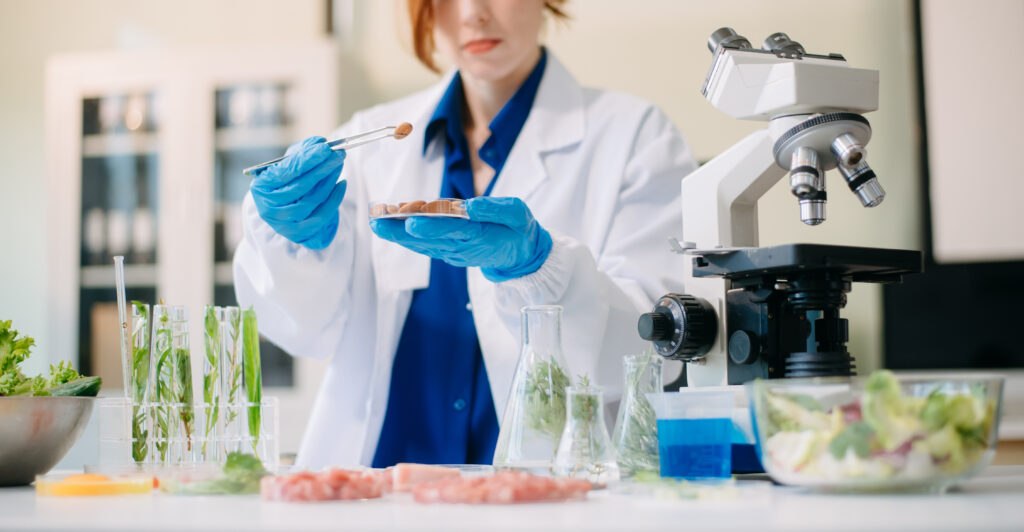
Written by Deborah Burrows- Founder & Managing Director of Healthy Pet Store.
Britain’s beloved pet dogs and cats are set to become the first in the world to be able to eat lab-grown meat after the UK government gave its backing for the innovation.
While this is a testament to our country’s commitment to scientific advancement and sustainability, I understand that anything with the potential to step-change an industry is going to unsettle people. Yet, the idea that the UK could become a global leader in lab-grown pet meat is both fascinating and exciting.
As a passionate advocate for pet health and sustainability, any innovation that has the potential to improve both our environment and the wellbeing of our pets should be investigated. However, while the concept is certainly groundbreaking, the practical application of lab-grown meat in pet food is still some way off.
There is no doubt that lab-grown meat presents an intriguing alternative to traditional pet food. With the pet food industry facing increasing scrutiny over its sustainability and ethical considerations, this innovation could offer a more eco-friendly and ethical solution.
Imagine the possibilities if farmland currently used for livestock could be reforested or repurposed for other environmentally beneficial initiatives. The potential environmental impact alone makes this development worth serious consideration.
This technology is still in its infancy and remains cost-prohibitive. While it’s encouraging to see major players like Pets at Home investing in research and development – through their backing of Meatly – we must acknowledge the hurdles ahead, not least the immense effect it would have on the farming industry and the entire food supply chain.
Whilst the composition and nutrient profile of the lab-grown chicken meat is apparently identical to that of its farmed equivalent, this may suit humans, but dogs and cats require much more from their raw meals – bone and offal. Whole prey and raw meaty bones provide a range of additional benefits such as dental health and enrichment. How will lab-grown alternatives cater to these needs?
Lab-grown meat may seem like a concept from the future, but the process itself is relatively simple. It begins with collecting a small sample of animal cells, which are then provided with essential nutrients to support their growth and replication. This method mirrors how yeast cultures develop in a controlled environment, allowing the cells to multiply and form muscle tissue without the need for raising and slaughtering animals.
Beyond the technical challenges, the conversation around lab-grown meat must remain factual. Some recent news articles on the subject have painted a misleading picture of the current state of pet food production.
One example is the claim that farm animals are routinely “pumped full of antibiotics” in the UK. This is simply not true. Strict regulations ensure that antibiotics are used responsibly and only when necessary.
Likewise, the suggestion that dogs can be gluten-intolerant is inaccurate. Gluten intolerance in dogs is exceedingly rare, unlike in humans. When discussing future developments, it is essential to separate fact from fiction.
While lab-grown pet meat has the potential to revolutionise the industry, we are not there yet and there are deeply valid concerns regarding the farming industry and the communities it supports. The technology needs refining, the costs need to come down, and, most importantly, we need to ensure that these products meet all the nutritional and sensory requirements of our pets.
Article written in response to blog by The Guardian here – https://www.theguardian.com/commentisfree/2025/jan/04/lab-grown-meat-britain-eu-us